Hyperbaric oxygen therapy (HBOT) has recently been a subject of interest. This therapy is used for a variety of medical conditions, and one area that has shown promise is wound healing. HBOT treats wounds and speeds up your patients’ recovery process. Let’s discover how!
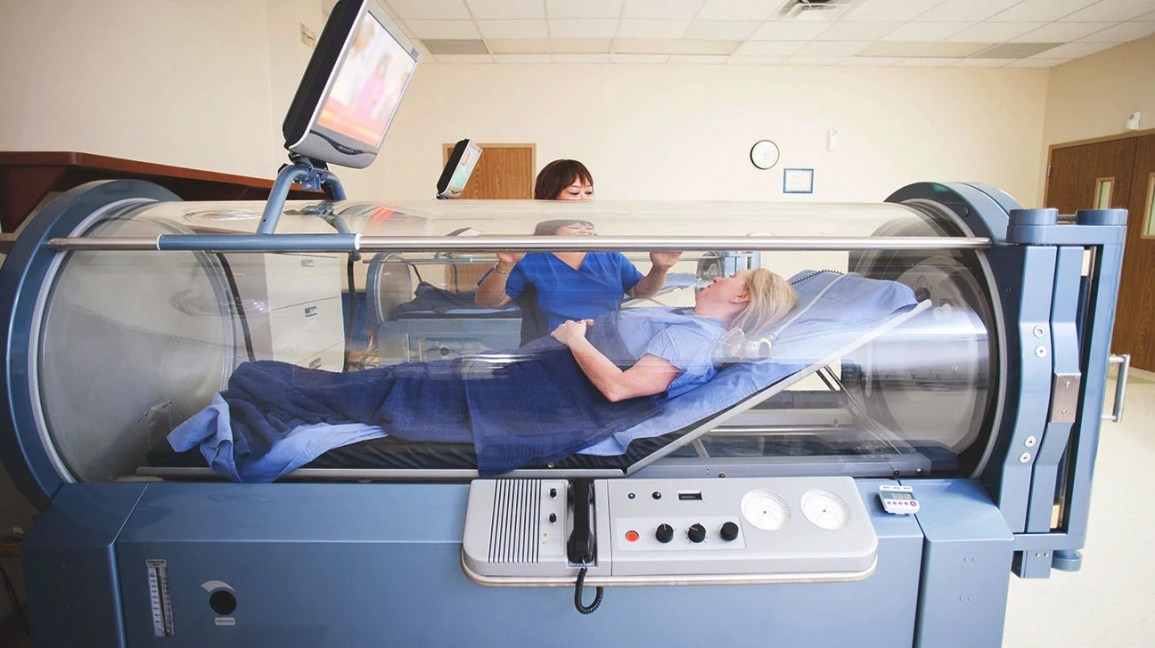
Image Source: Healthline
Hyperbaric oxygen therapy involves the administration of 100% oxygen, which is higher than atmospheric pressure to a patient while inside a hyperbaric chamber pressurized. Athletes with wound injuries, major and minor burns, etc., are now confident in receiving very fast and reliable treatment to bounce back again.
In this blog post, we will explore the question, “Does a hyperbaric chamber speed healing?” and delve into the science behind how this treatment works to aid in wound healing. As a medical professional, you are responsible for educating and assisting your patients in seeking relief by following the information provided.
What Are Hyperbaric Oxygen Chambers?
Oxygenark hyperbaric chambers are medical devices that provide patients with a controlled environment to breathe pure oxygen at higher-than-normal atmospheric pressure. The increased pressure and oxygen levels in the chamber help deliver more oxygen to the body’s tissues, promoting healing and reducing inflammation.
How Does Hyperbaric Chamber Heal Wounds?
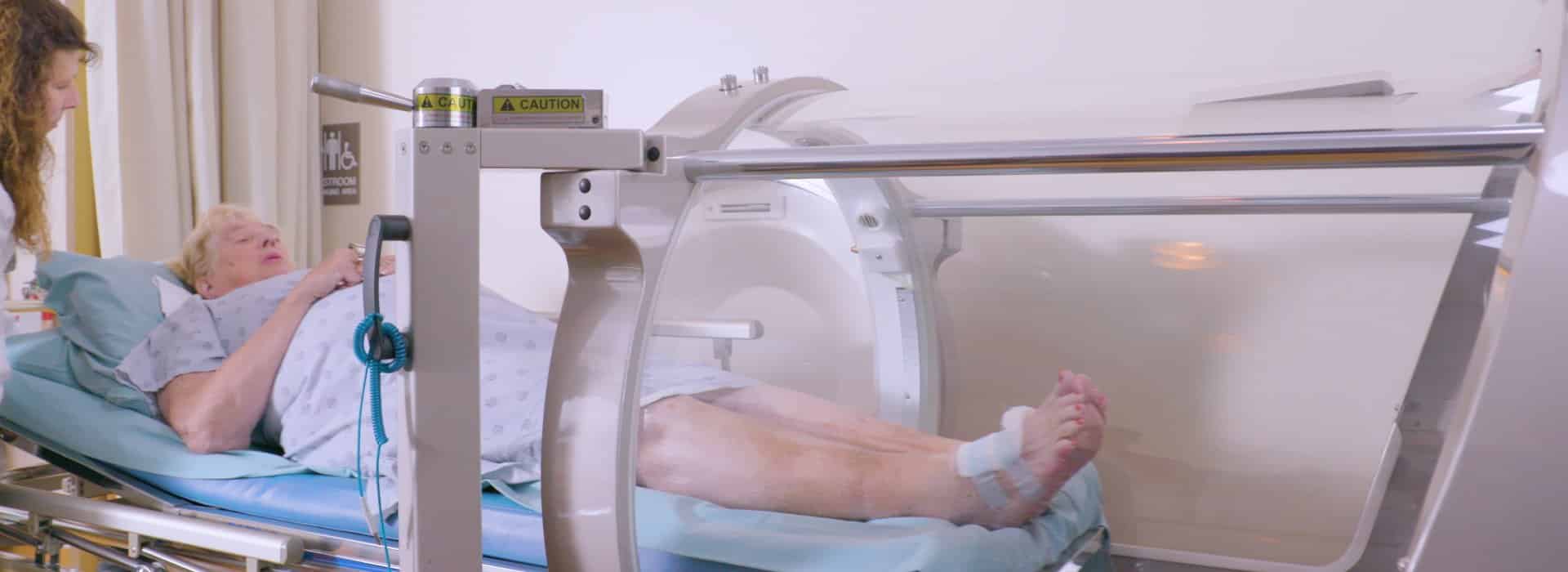
Image Source: ProHealth Care
Wound healing is a complex process that involves various cellular and biochemical reactions. The healing process is influenced by a range of factors, such as the severity of the wound, the patient’s overall health status, and any underlying medical conditions. The healing process involves three stages: the inflammatory stage, the proliferative stage, and the remodeling stage.
Hyperbaric oxygen therapy increases the oxygen supply to the wound site to enhance the healing process at various stages. The healing process at these stages involves;
- Inflammatory stage: The increased oxygen supply reduces the swelling and inflammation, inhibiting healing.
- Proliferative stage: The oxygen helps promote the growth of new blood vessels and collagen, essential for tissue regeneration.
- Remodeling stage: Finally, the oxygen enhances the new tissue’s strength and flexibility.
Does a Hyperbaric Chamber Speed Healing?
Clinical studies have shown that hyperbaric oxygen therapy can speed up the healing process for various wounds, such as diabetic foot ulcers, pressure ulcers, and surgical wounds. For example, a study published in the Journal of Wound Care found that hyperbaric oxygen therapy significantly improved the healing rate of diabetic foot ulcers compared to standard wound care alone.
Another study published in the same journal found that hyperbaric oxygen therapy effectively reduced the size of pressure ulcers. Growing evidence supports the use of hyperbaric oxygen therapy as an adjunct to standard wound care for various conditions.
How Does Hyperbaric Oxygen Therapy Speed Up the Healing Process?
One way hyperbaric oxygen therapy may speed up the healing process is by promoting the growth of new blood vessels in the affected area. This process, known as angiogenesis, helps to improve circulation and deliver more oxygen and nutrients to the injured part.
Hyperbaric oxygen therapy may also help stimulate collagen production, a protein essential for wound healing and tissue repair.
Is HBOT Safe for Wounded Patients?
Yes, hyperbaric oxygen therapy is generally considered safe, with little or no complications found. However, it is important to note that it is inappropriate for everyone. People with certain medical conditions, such as untreated pneumothorax or recent ear surgery, may be unable to tolerate the increased pressure in the hyperbaric chamber.
In addition, there is some concern that hyperbaric oxygen therapy may increase the risk of seizures in certain patients, amongst other risk factors. However, healthcare providers need to discuss closely with their patients to ascertain whether hyperbaric oxygen therapy is an appropriate treatment option for their specific situation.
Can Hyperbaric Oxygen Therapy Prevent Infections?
HBOT not only cures wounds but can also help prevent infection in wounds. The high oxygen levels in the hyperbaric chamber create an environment hostile to many types of bacteria, thereby reducing the risk of infection.
In addition to diabetic foot and pressure ulcers, hyperbaric oxygen therapy is also effective in treating radiation injuries, carbon monoxide poisoning, and some infections.
The evidence suggests that hyperbaric oxygen therapy can effectively promote healing and reduce inflammation in various conditions.
Facts About HBOT and the Patients
HBOT Wound Care: Who Can Benefit?
Hyperbaric oxygen therapy is a versatile treatment option that can benefit many patients with wounds.
- Patients with chronic wounds, such as diabetic foot ulcers and pressure ulcers, may benefit from hyperbaric oxygen therapy as it can help promote tissue healing and reduce inflammation.
- Patients with acute wounds, such as surgical wounds and traumatic injuries, may also benefit from this therapy. Hyperbaric oxygen therapy can help increase oxygen levels in the blood and promote the growth of new blood vessels, speeding up the healing process.
- Patients with certain medical conditions are at an increased risk of developing non-healing wounds. These conditions include diabetes, peripheral artery disease, and radiation injury. Non-healing wounds can be a significant problem for patients, leading to infections, pain, and other complications. Hyperbaric oxygen therapy is a potential treatment option for these patients.
Precautionary Measures
- To achieve the best possible outcomes, hyperbaric oxygen therapy should be used with other wound care treatments, such as antibiotics and proper wound cleaning.
- Patients considering hyperbaric oxygen therapy for their wounds should discuss their options with their healthcare provider to determine if this treatment is right for them.
- Patients with non-healing wounds may benefit from hyperbaric oxygen therapy and other treatments, such as antibiotics and wound care.
HBOT Care: Who Cannot Benefit
While hyperbaric oxygen therapy is a safe and effective treatment option for many patients, it is important to note that this therapy may not be suitable for all patients.
- Patients with certain medical conditions, such as lung disease or respiratory problems, may not be able to tolerate the high levels of oxygen in the hyperbaric chamber. This is because the increased pressure and concentration of oxygen can cause damage to the lungs and other organs.
- Similarly, patients with a history of ear surgery may not be suitable for this treatment, as the increased pressure can cause damage to the middle ear.
Precautionary Measures
- Patients considering hyperbaric oxygen therapy should discuss their medical history and any concerns with their healthcare provider before beginning treatment.
Conclusion
In conclusion, hyperbaric oxygen therapy is a promising treatment for wound healing, and it’s investigated to enhance the healing process and speed recovery time. Clinical studies have also shown that hyperbaric oxygen therapy can effectively treat wounds.
Patients with chronic or acute wounds and those with certain medical conditions may benefit from this treatment. Try out our product – Oxygenark monoplace and multiplace hyperbaric chambers. We are a certified manufacturer and supplier of high-quality products.

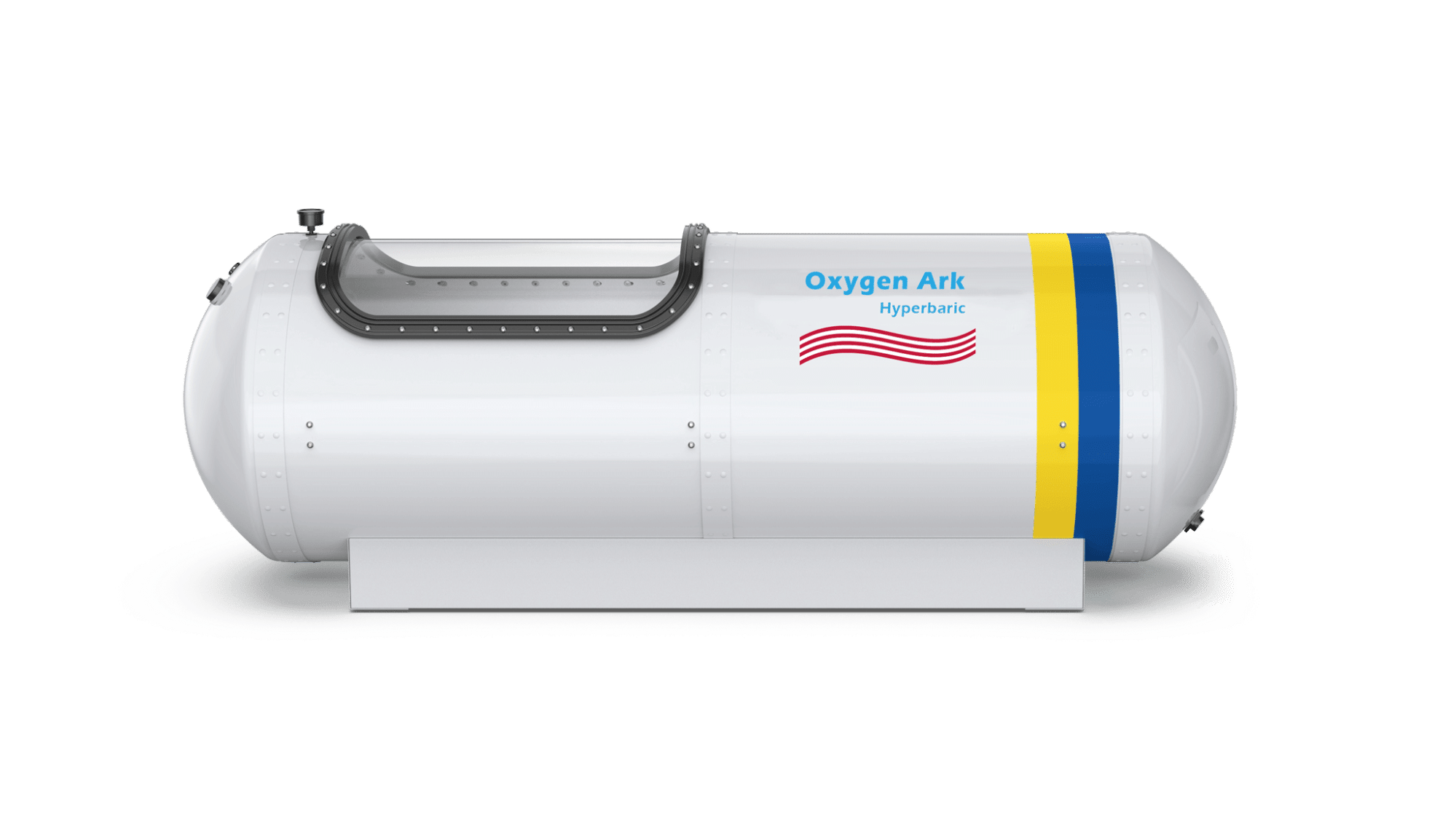
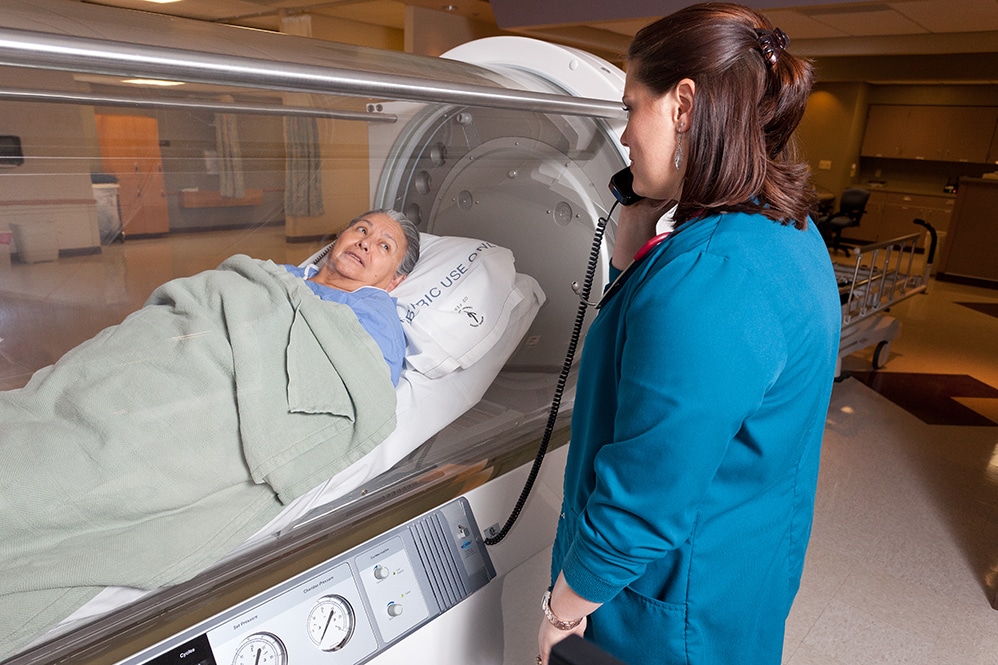
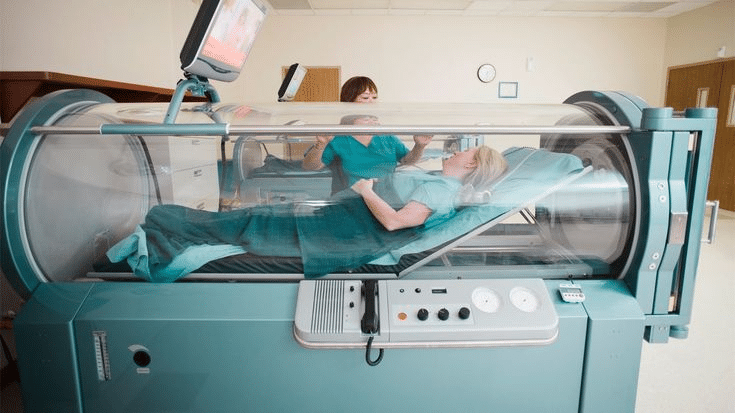
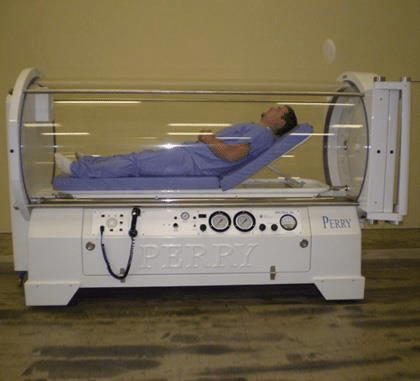
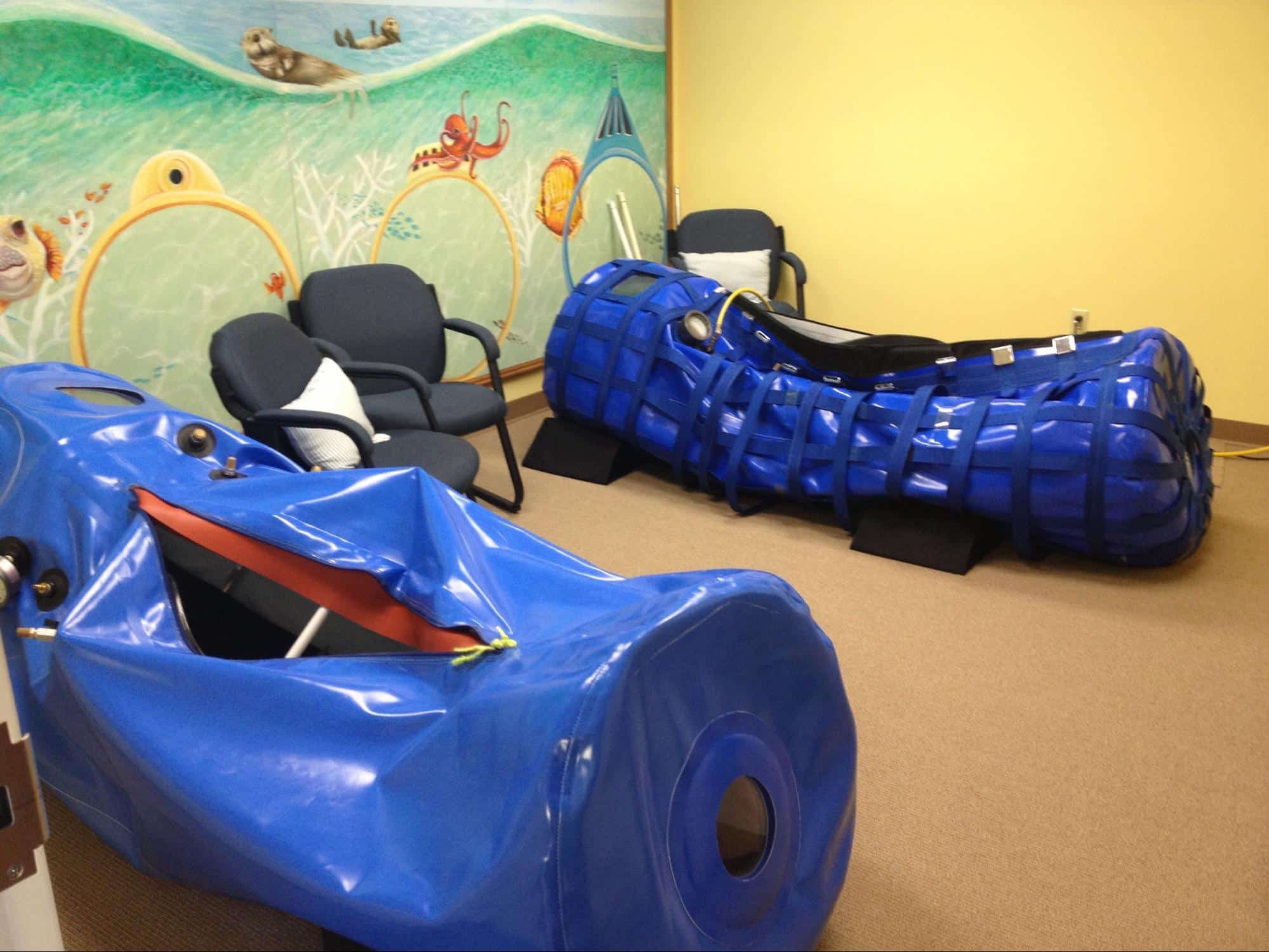

One Response
It’s interesting to know that people with ulcers can also benefit from a hyperbaric oxygen therapy. I’m interested in looking for a good doctor to consult about that because I think that will be beneficial for a friend of mine. She has been having circulation problems lately so such a therapy could at the very least give her some comfort.